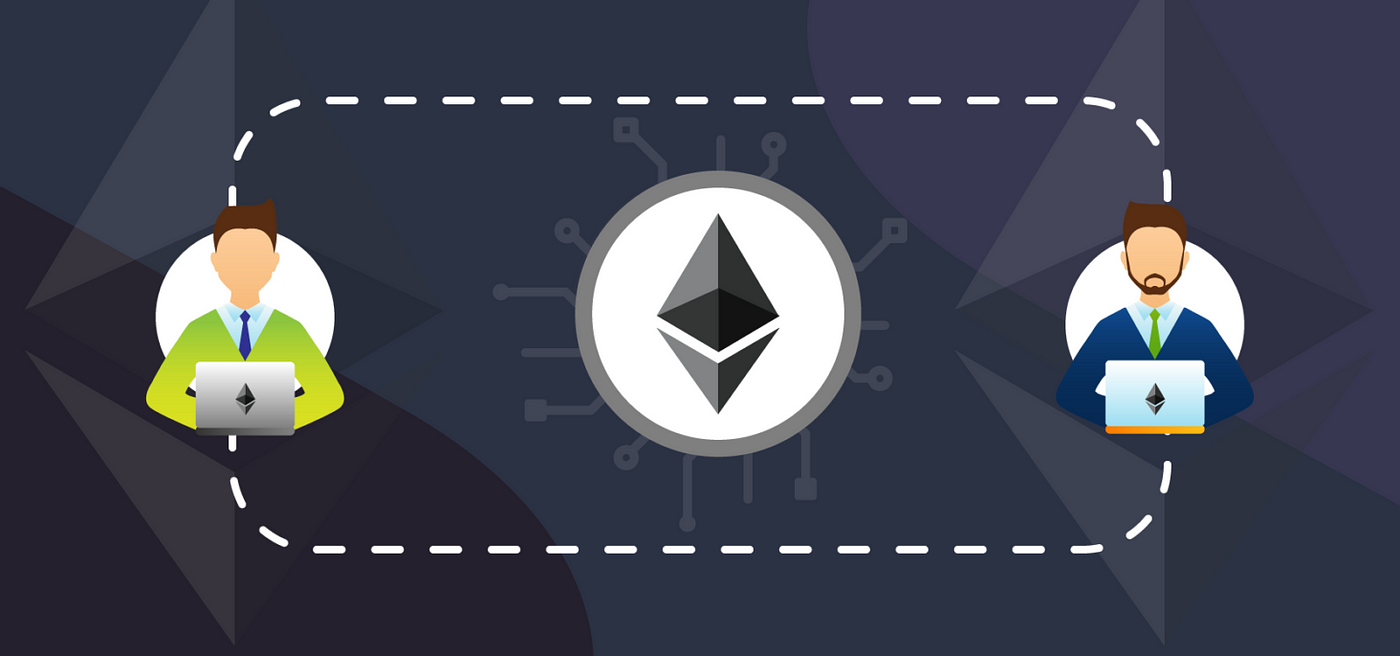Understanding Ethereum’s Pre-Confirmation Mechanism: Proposers, Builders, and Relays with EigenLayer
 0xKaushik
0xKaushik
Ethereum has been continuously evolving to ensure it remains the premier decentralized platform for smart contracts and decentralized applications. Among its many innovative features, the mechanism involving pre-confirmation, proposers, builders, and relays stands out as a significant advancement in ensuring transaction integrity, speed, and security. This blog post delves into this mechanism in detail and explores how EigenLayer enhances these functionalities.

What is Pre-Confirmation?
Pre-confirmation is a process in the Ethereum network that helps ensure transactions are included in the blockchain as intended, providing users with quicker feedback on transaction status. It adds a layer of certainty before transactions are fully confirmed, thus enhancing the user experience and network reliability.
Key Roles in the Mechanism
1. Proposers:
Proposers are integral participants in the Ethereum protocol. Their primary role is to propose new blocks for inclusion in the blockchain.
- Commitment to Block Inclusion: Proposers make commitments regarding which transactions will be included in the blocks they propose. This commitment ensures a decentralized and protocol-aligned approach to block creation, maintaining the network’s security and decentralization.
2. Builders:
Builders take on the responsibility of fulfilling the commitments made by the proposers.
- Executing Commitments: Builders ensure that transactions promised by the proposers, including pre-confirmations and liquidations, are included as committed. This role ensures that the network’s operations are executed smoothly and accurately.
3. Relays:
Relays serve as verifiers within this mechanism.
- Verification of Commitments: Relays ensure that the commitments made by the proposers and executed by the builders are honored. They add an additional layer of trust and transparency, acting as watchdogs to prevent any misbehavior or errors in transaction inclusion.
How It Works
Proposer Makes a Commitment:
A proposer selects transactions for the next block and makes a commitment to include these transactions.
This commitment is broadcasted to the network, providing an initial assurance to users.
Builder Executes the Commitment:
The builder receives the commitment from the proposer and includes the committed transactions in the block.
The block is then proposed to the network for validation.
Relay Verifies the Commitment:
The relay checks that the transactions included by the builder match the proposer’s commitment.
If the verification is successful, the block is added to the blockchain, and users receive confirmation.
The Role of EigenLayer
EigenLayer is a protocol designed to enhance Ethereum’s scalability and security by enabling horizontal scaling. It allows various services to utilize shared security without centralizing the network.
How EigenLayer Enhances the Mechanism
Shared Security:
- EigenLayer allows multiple services to share Ethereum’s security, enabling them to leverage the network’s robustness without compromising decentralization.
Decentralized Services:
- Services like encrypted mempools can be abstracted as decentralized services accessible to all, ensuring that the network remains open and secure.
Supporting Solo Stakers:
- By providing additional opportunities for rewards through restaking, EigenLayer encourages more solo stakers to participate. This helps maintain a more decentralized validator set, as it provides an incentive for smaller, individual validators to stay active.
Horizontal Scaling:
- EigenLayer’s horizontal scaling capabilities mean that the network can handle more transactions and services without a linear increase in the computational load on individual nodes. This leads to a more efficient and scalable Ethereum network.
Future Vision
The ultimate goal of integrating these mechanisms and leveraging EigenLayer is to support the growth of a more decentralized and secure Ethereum ecosystem. By ensuring that transactions are pre-confirmed and commitments are transparently executed and verified, Ethereum can maintain its position as a leading decentralized platform.
Additionally, the inclusion of EigenLayer’s shared security model and support for decentralized services fosters an environment where innovation can thrive without compromising the core principles of decentralization and security. This approach aligns with Ethereum’s broader vision of creating a more open, secure, and scalable blockchain network.
Conclusion
The pre-confirmation mechanism involving proposers, builders, and relays, coupled with the advancements brought by EigenLayer, represents a significant step forward for Ethereum. These innovations not only enhance the network’s transaction integrity and security but also support its ongoing evolution towards greater decentralization and scalability. As Ethereum continues to grow and adapt, mechanisms like these will play a crucial role in ensuring it remains a robust and reliable platform for the future of decentralized applications.
Subscribe to my newsletter
Read articles from 0xKaushik directly inside your inbox. Subscribe to the newsletter, and don't miss out.
Written by
